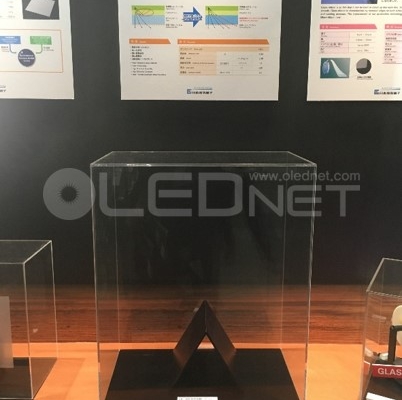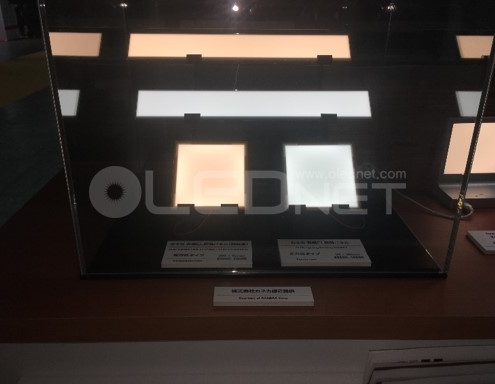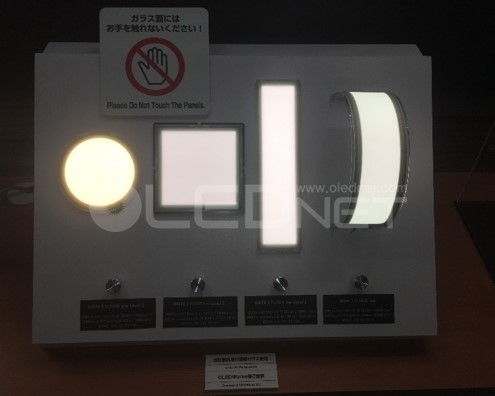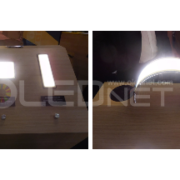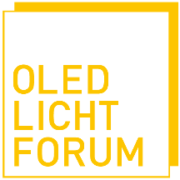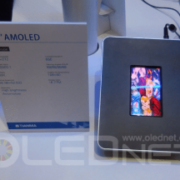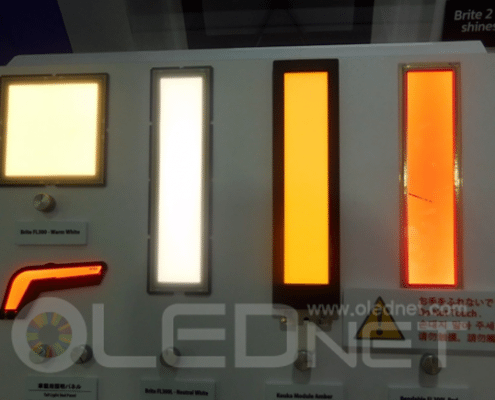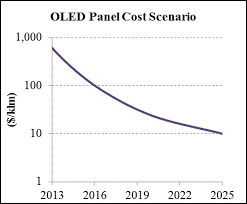LG Display starts mass production of 5G OLED panel for lighting from the end of September
■ OLED lighting panel market is projected to grow from US$ 1.9billion in 2021 to US$ 5.8billion by 2025
LG Display will start mass production of 5G OLED light panels from the end of September, therefore attention is focused on whether the OLED lighting market is growing rapidly. According to LG Display, monthly production capacity is 15K, and it is to be increased to 90K later.
According to the ‘2017 OLED Lighting Annual Report’ published by UBI Research on August 8, the global OLED lighting panel market is expected to grow to about US$ 1.9 billion by 2021. Furthermore, it is projected to have a CAGR of 85% for the period 2017-2025, and form a market of US$ 5.8 billion in 2025.
Because OLED lighting is thin, light and flexible, it does not limit the installation space and has excellent design autonomy. In addition, OLED lighting is used for automotive, exhibition, and medical as well as general indoor lighting because it can create a comfortable atmosphere with little heat and flicker.
However, the market for OLED lighting has been slower than that of OLED display, which is widely applied to mobile devices and TVs. Osram focuses primarily on automotive OLED lighting, and Philips sold its OLED lighting division to OLEDWorks. Also, Japanese panel makers such as Sumitomo Chemical and Konica Minolta have developed OLED lighting for industrial and medical applications. Nevertheless, it seems to take time for OLED lighting to become eventually a large market.
With LG Display’s mass production of Gen5 OLED line, the price of OLED light panel is estimated to drop below US $ 10 (100 x 100 mm). The significant price competiveness might enable OLED panels to be applied to various areas such as automobile and display lighting as well as indoor lighting. Owing to this expectation, attention is focused on whether the OLED lighting market, showing signs of slow growth, can be materialized.
UBI Research predicted that LG Display would account for about 70% of the world’s lighting OLED panel market in 2017, and will continue to lead the OLED lighting panel market with a 50% market share in 2020.
Meanwhile, ‘2017 OLED Lighting Annual Report’ describes trends of next-generation lighting market, promising applications, cost analysis upon the investment of LG Display and forecast of OLED lighting market. Since it analyses particularly OLED lighting market, materials market, and equipment market forecasts for OLED lighting from various perspectives, it is expected to help the related companies identify the OLED lighting market.
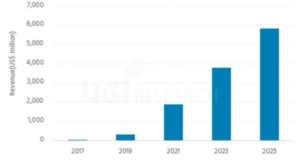
<Sales forecast for total OLED lighting panels>
